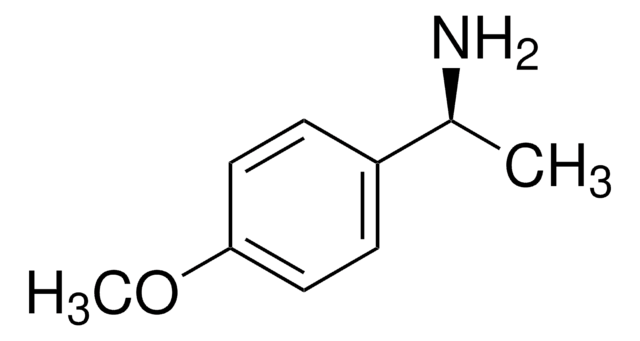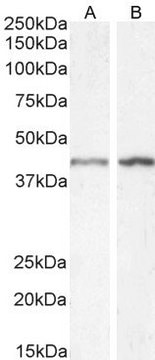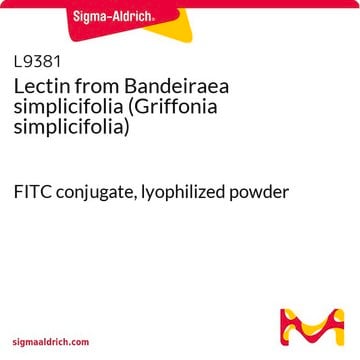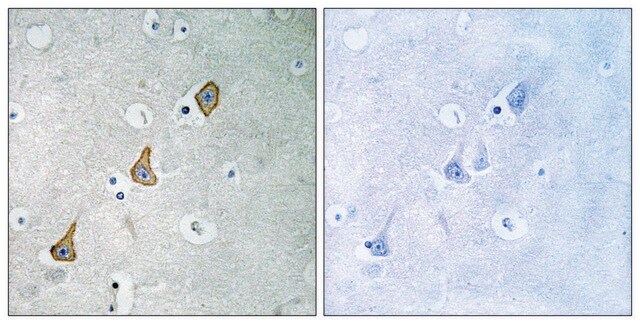C6198
Anti-Actin, α-Smooth Muscle - Cy3™ antibody, Mouse monoclonal
clone 1A4, purified from hybridoma cell culture
Synonym(s):
Monoclonal Anti-Actin, α-Smooth Muscle, Alpha-actin 2 Cy3, alpha-smooth muscle actin - Cy3™ antibody, SMA
About This Item
Recommended Products
biological source
mouse
conjugate
CY3 conjugate
antibody form
purified immunoglobulin
antibody product type
primary antibodies
clone
1A4, monoclonal
form
buffered aqueous solution
mol wt
antigen ~42 kDa
species reactivity
human, mouse, rat, chicken, frog, canine, rabbit, guinea pig, goat, bovine, sheep, snake
storage condition
protect from light
technique(s)
immunohistochemistry (formalin-fixed, paraffin-embedded sections): 1:200 using human tonsil or appendix
isotype
IgG2a
UniProt accession no.
application(s)
research pathology
shipped in
wet ice
storage temp.
2-8°C
target post-translational modification
unmodified
Gene Information
human ... ACTA2(59)
mouse ... Acta2(11475)
rat ... Acta2(81633)
Looking for similar products? Visit Product Comparison Guide
Related Categories
General description
Immunogen
Application
Flow cytometry/Cell sorting (2 papers)
Immunocytochemistry (3 papers)
Immunofluorescence (13 papers)
Immunohistochemistry (27 papers)
Western Blotting (2 papers)
IHC analysis of x-gal stained muouse cardiac tissue was performed using the primary antibody, mouse monoclonal anti-smooth muscle actin to identify myofibroblasts.
Biochem/physiol Actions
Physical form
Other Notes
Legal Information
Disclaimer
Not finding the right product?
Try our Product Selector Tool.
Storage Class Code
10 - Combustible liquids
WGK
WGK 1
Flash Point(F)
Not applicable
Flash Point(C)
Not applicable
Certificates of Analysis (COA)
Search for Certificates of Analysis (COA) by entering the products Lot/Batch Number. Lot and Batch Numbers can be found on a product’s label following the words ‘Lot’ or ‘Batch’.
Already Own This Product?
Find documentation for the products that you have recently purchased in the Document Library.
Customers Also Viewed
Articles
Explore the basics of working with antibodies including technical information on structure, classes, and normal immunoglobulin ranges.
Explore the basics of working with antibodies including technical information on structure, classes, and normal immunoglobulin ranges.
Antibodies combine with specific antigens to generate an exclusive antibody-antigen complex. Learn about the nature of this bond and its use as a molecular tag for research.
Antibodies combine with specific antigens to generate an exclusive antibody-antigen complex. Learn about the nature of this bond and its use as a molecular tag for research.
Our team of scientists has experience in all areas of research including Life Science, Material Science, Chemical Synthesis, Chromatography, Analytical and many others.
Contact Technical Service















